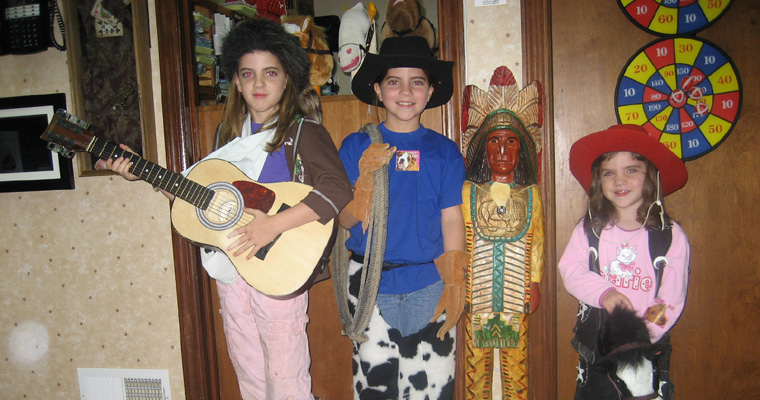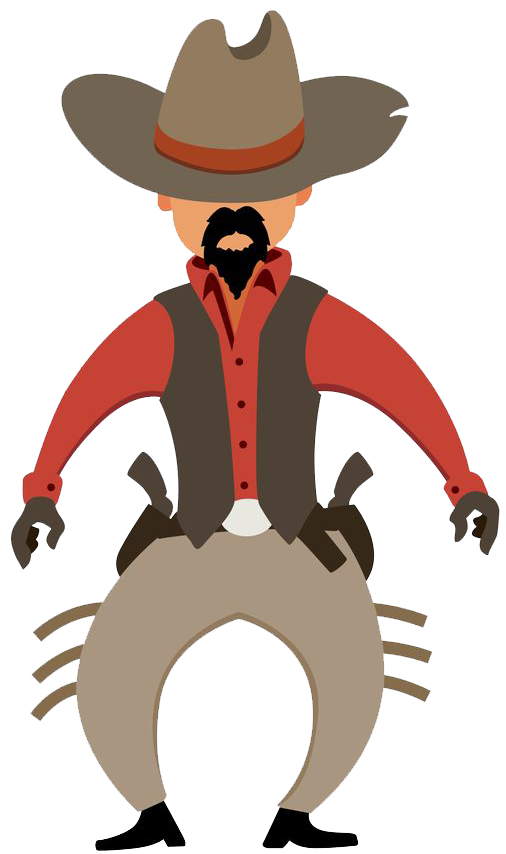Children’s teeth can survive Halloween
On November 13, 2015, Dr. Miller took time from his busy day to respond to Dr. Pia Fenimore’s article “Ask a Pediatrician: Care for your fangs year-round, and Halloween won’t be too frightening”
Here is her article:
In the past few years I have become quite outspoken about my enjoyment of Halloween. I might have been a bit too bold, as I have noticed that some patients now bring me my beloved Swedish fish, and my dentist friends don’t invite me over as much. In short, I have a reputation.
Should I change my ways? After all, candy is not exactly a health food.
Not yet. I will continue to gleefully dole out candy on Halloween. Right now, I prefer not to eat my words, but I will have a handful of sour worms.
On this day after Halloween, however, the following is a peace offering, and a very important one.
In the last few decades, pediatric providers have come to understand that caring for teeth is not just for our colleagues, the dentists. Since teeth begin developing in utero and continue well into adolescence, they are very much a pediatric issue. Our oral health has direct effects on our physical and emotional health, so caring about our patients’ teeth is, in fact, very good medicine.
Avoid these risks
About 50 percent of all children ages 3-9 will have dental cavities, also known as “caries.”
Risks for tooth decay in childhood include family history of caries, breast- or bottle-feeding past 12 months of age, frequent consumption of sugary beverages and snacks, use of a bottle at bedtime, exposure to passive cigarette smoke, use of liquid medication for more than three weeks, and insufficient fluoride exposure.
Many of the above risks can be avoided by taking the following steps:
- Wean your children from the bottle by age 1.
- Do not allow children with teeth to nurse or take a bottle as they fall asleep.
- Do not smoke near your children
- Brush your children’s teeth twice daily.
- Have fluoride varnish applied every six months.
- Take your children to the dentist beginning at 1 year of age.
- Avoid frequent exposure to candy and sticky snacks such as raisins and peanut butter.
The last one is, of course, difficult to comply with this weekend — but note the word “frequent.” Halloween is one day a year — not a lifestyle, but merely a single-day celebration.
Care of your child’s teeth needs to start at the beginning. As soon as the first “baby teeth” show up, you should begin brushing them. Small children should use a fluoride-containing toothpaste twice daily as soon as they develop teeth.
Your medical or dental provider may offer you the option to place fluoride varnish on the teeth. Studies suggest that painting the teeth with fluoride varnish every six months decreases the risk of tooth decay by 30 to 35 percent Your health care provider or dentist may also suggest oral fluoride supplementation, depending on your family history, risks and water supply.
There is one small risk to using fluoride at such a young age. Fluorosis, a term used to describe excess fluoride consumption, can cause white patches to appear on the teeth. Severe fluorosis can cause a brown discoloration and even weaken the teeth.
For these reasons, the dose of fluoride is quite specific: for ages 3 months to 3 years: a smear or a “rice grain” size of fluoride toothpaste; for ages 3-6 years, a pea-size amount of toothpaste is best. Children who are prescribed oral fluoride will have a specific dose based on age. Compliance with this dosing makes fluorosis very rare.
Fluoride works best if it stays on the teeth surfaces, so you should not give your children a drink of water after brushing their teeth.
Around age 12 months, every child should visit the dentist. Lancaster is blessed with many family and pediatric dentists who are skillful and knowledgeable in the care of young teeth. If you need a recommendation, contact your health care provider for a list.
By establishing a “dental home” for your child at a young age, you ensure both prevention of and intervention for any dental problems your child may have. Further, if your children are used to going to the dentist twice a year from the time of infancy, there will be less anxiety about going to the dentist, and they will be more apt to maintain this routine into adulthood.
When candy ‘goes bad’
So, why is candy so bad for your teeth? Well, it carries a double whammy. It’s sticky, so it gets into the little pits in your teeth, and it has a very high carbohydrate content.
Carbs combine with the bacteria in your mouth to produce acid and lower the pH of your saliva. Bathed in acid, your teeth are susceptible to erosion and decay. Interestingly, it is the length of time of acid exposure that puts teeth at the most risk. So I am pretty sure that given the choice of constant sugar exposure throughout life or one gluttonous day of sugar exposure a year, most dentists would choose Halloween.
And just like that, we are all friends again. I hope your Halloween was wonderful. Now, get back to your usual healthy habits!
Here is Dr. Miller's Response
I am a pediatric dentist writing in response to Dr. Pia Fenimore’s recent column (“Halloween candy won’t ruin your fangs — just keep this in mind,” Health & Fitness, Nov. 1; find it online at bit.ly/FenimoreonFangs).Fenimore is correct!
This article was the most succinct, informative and accurate preventive dental article I have seen. She correctly notes that, once in a while, like at Halloween, candy is not going to cause a mouthful of cavities.
Fenimore informs readers of the new recommendation for a child’s 1-year-old dental visit, which teaches parents and children about developing healthy habits and cavity prevention. She also reviews preventive dentistry, including the risks of frequent snacking, frequent nursing after age 1, sippy cup usage with liquids other than water, and brushing habits along with topical and systemic fluoride recommendations.
I give out candy (and toothbrushes) at Halloween. Why?
It is a once-a-year time to dress up, have fun, meet your neighbors and allow your children a time to enjoy some sweets. So, eat your candy, brush your teeth and return to your normal daily healthy habits, as Dr. Fenimore recommends.
All parents, grandparents, children and those of us who have or wish to have teeth should read this article.






